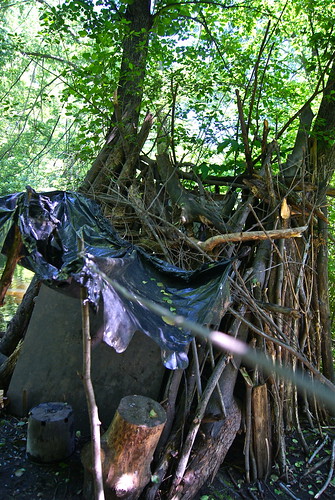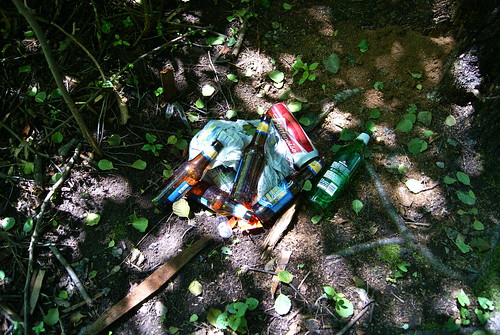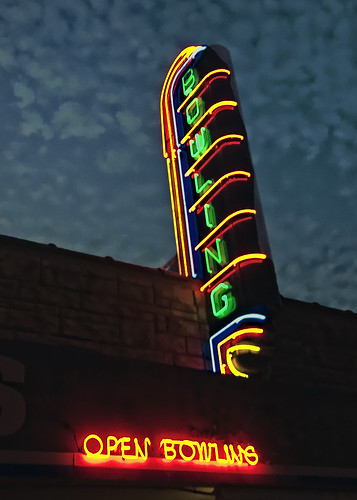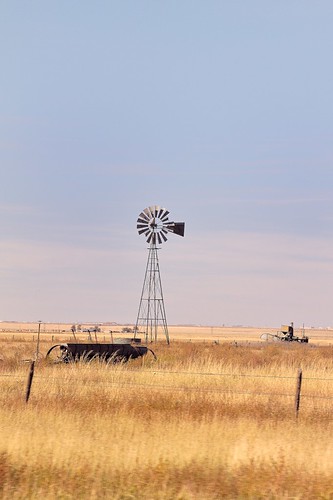From Dave Brigham:
Every Saturday (with a few exceptions) for the last ten months, I've taken my son to his drum lesson at the School of Rock in Watertown, MA. Usually I'm content to sit and read a magazine amid the tweens and teens who hang out there. I love listening to their nerdy conversations about video games, music and school. They talk as if I'm not there.
On a recent warm Saturday, however, I decided to walk around the neighborhood with my camera.
Outside F.D. Sterritt Lumber.
The remnants of Sawin's Pond, part of what once was a much bigger wetlands in the town. The pond and other nearby bodies of water were paved over, filled in and contaminated over the years by the likes of tire maker B.F. Goodrich, the developers of the Watertown Mall and power company Boston Edison (now NSTAR). At one time, there was a "grand hotel" called the Glen House nearby. For more on this sad little waterway, read this article.
Other than one other photo on Flickr, taken in Brighton, MA, which isn't too far away from Watertown, I haven't found any clues about this.
Ever since stumbling across a F.O.E. hall during college in Keene, NH, I've had an odd attraction to social clubs. Other than during punk rock shows in the early '80s, I've never set foot in such places. I just picture lots of guys with fezzes drinking Pabst, eating pickled eggs and watching "Mannix" reruns.
I love this building. It's home to a sand and gravel business. I'm sure it's got a great history.
Another social club. This building has seen better days, but evidently the club is alive and well.












